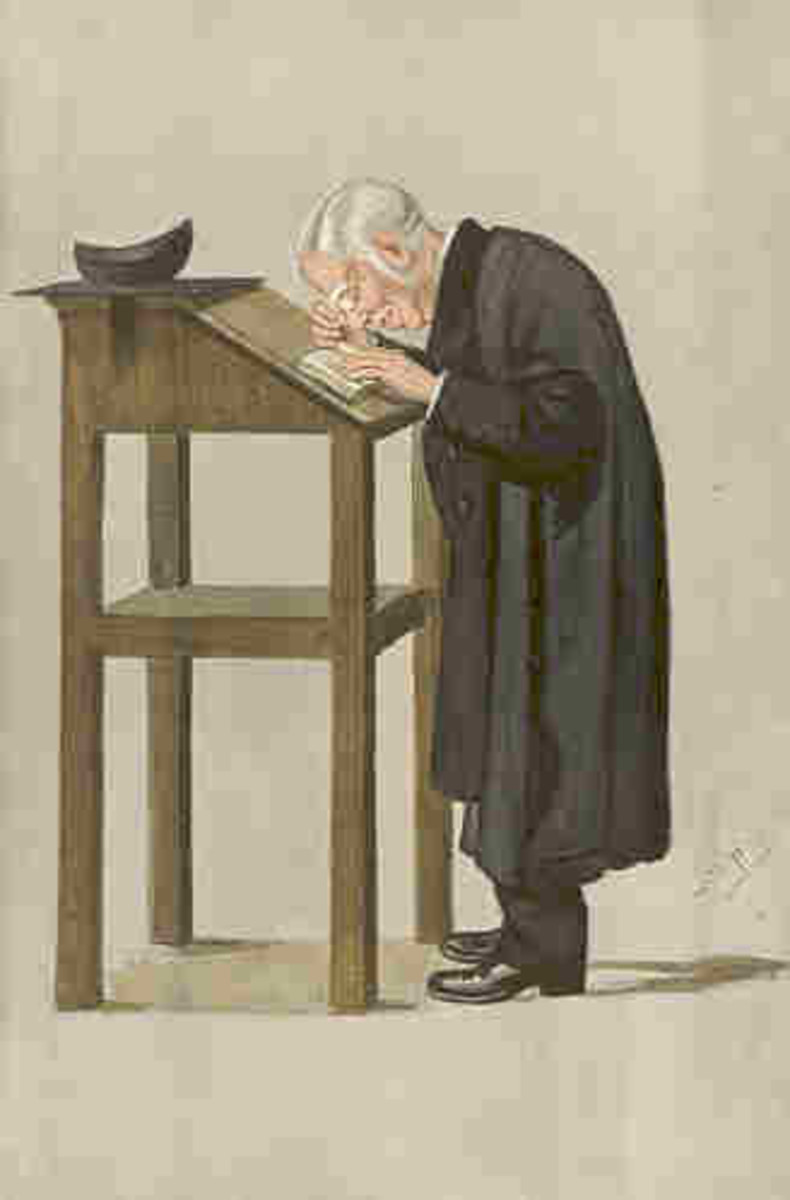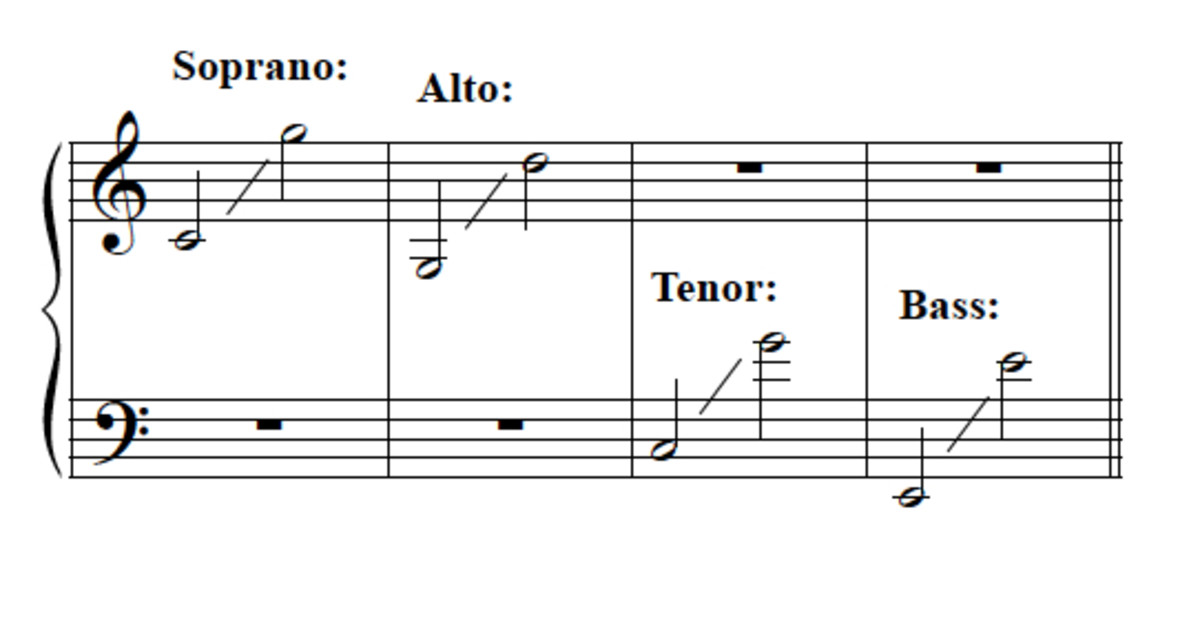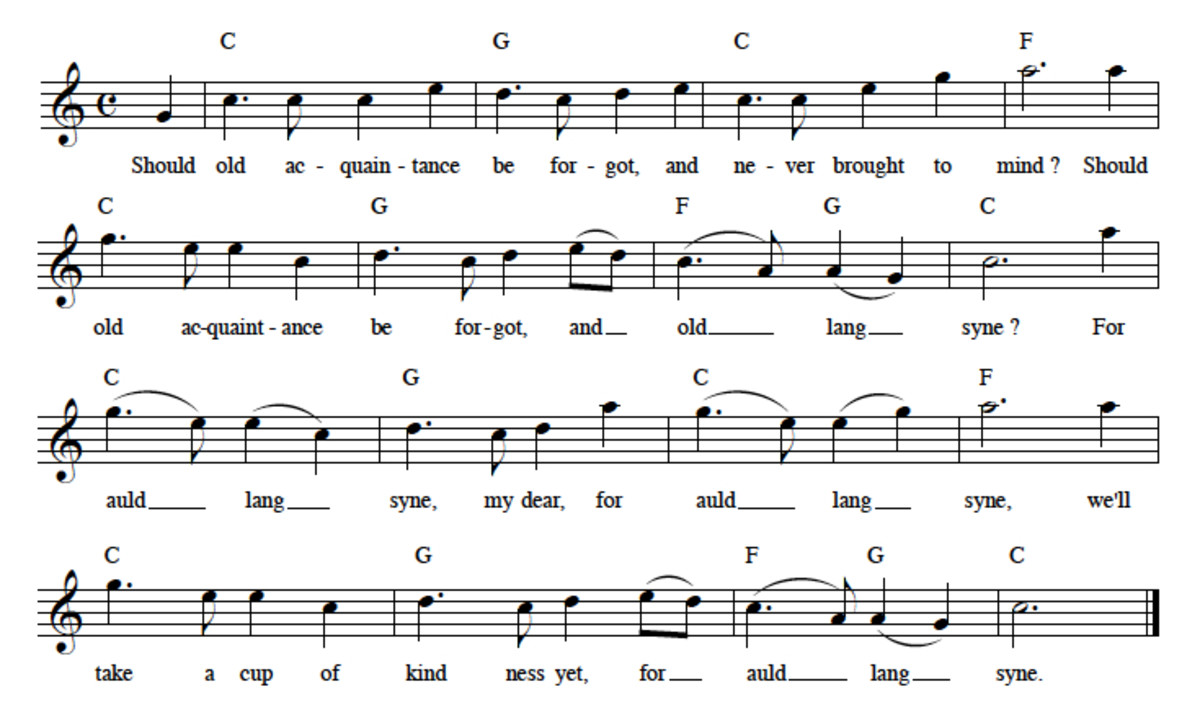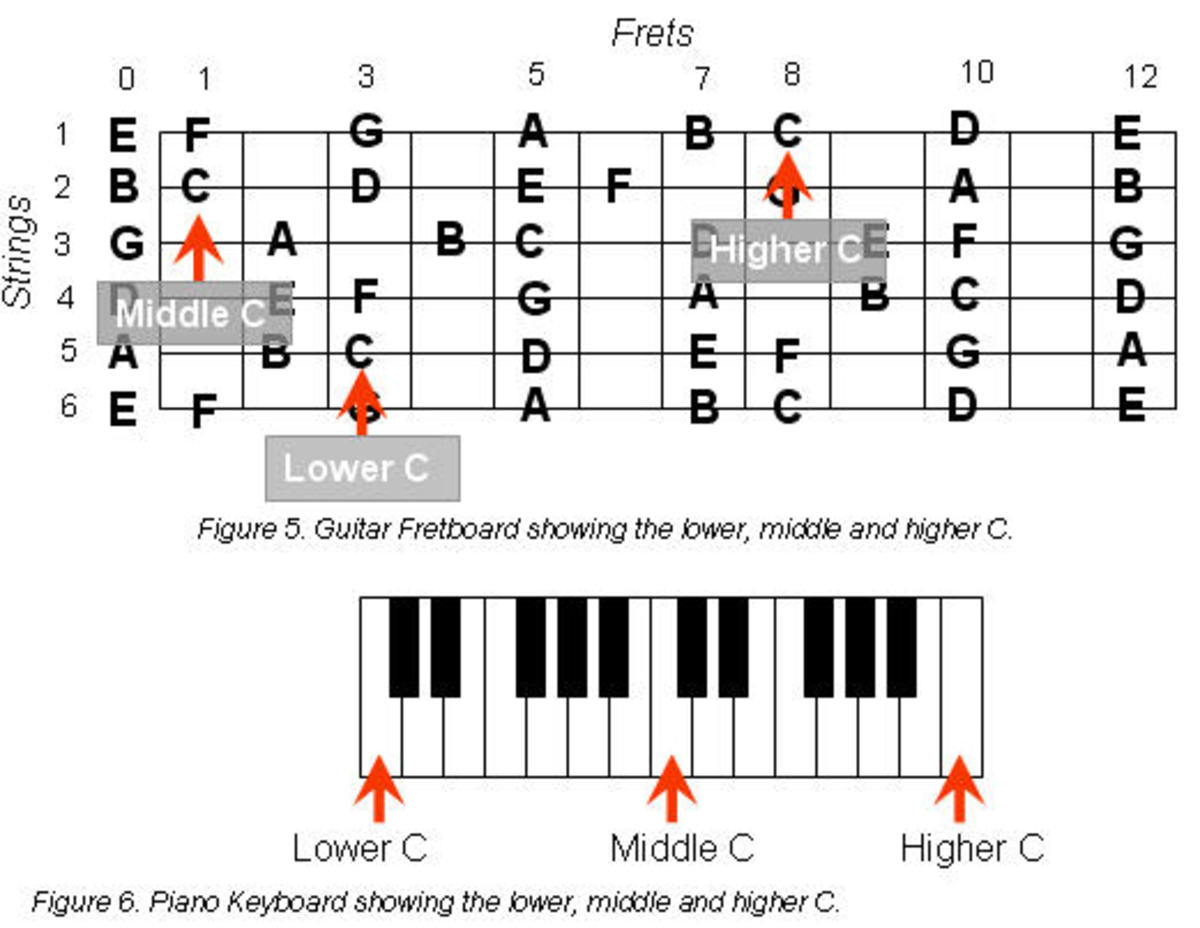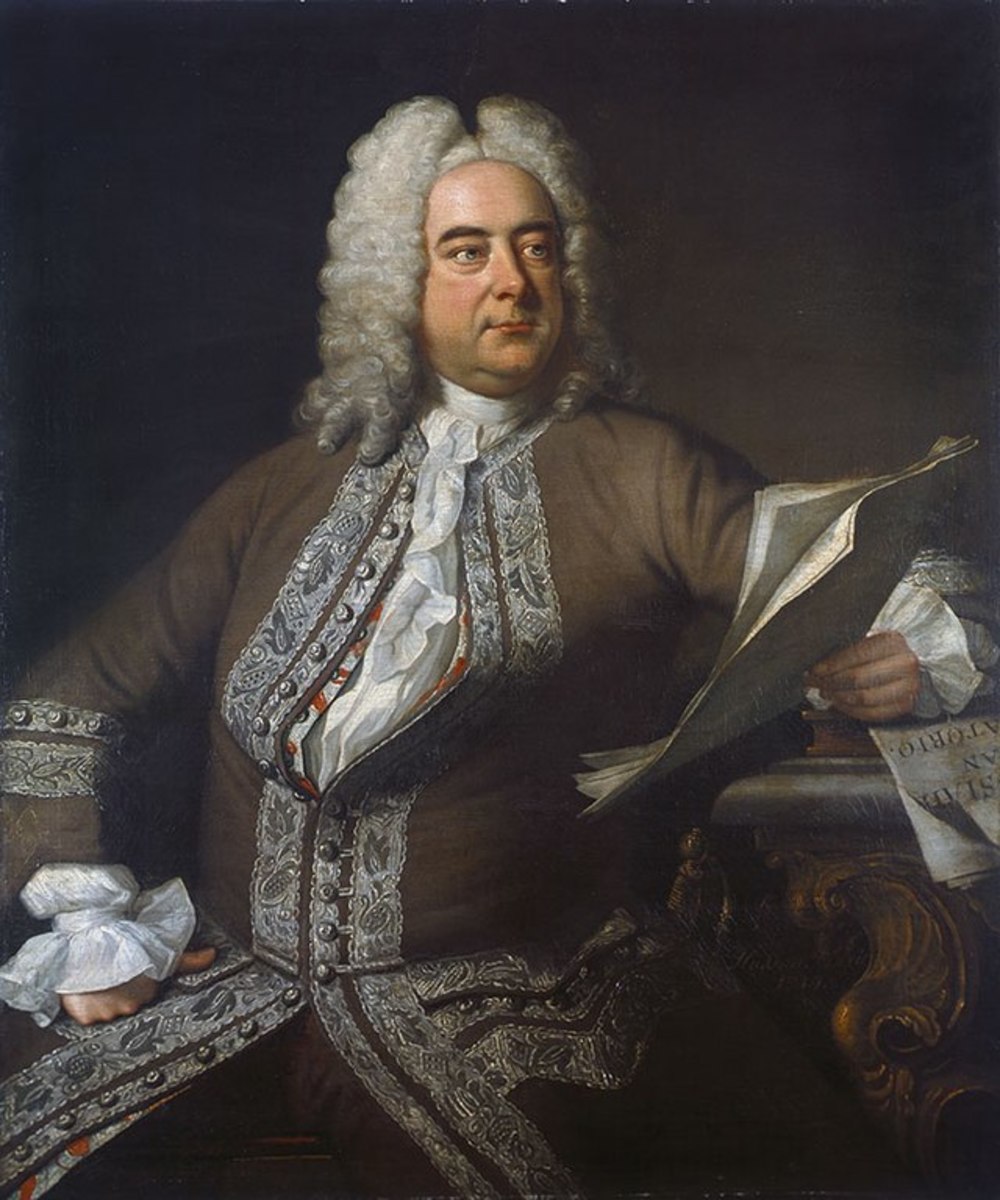How to Transpose Music, Part II: More Tips on Sight Transposition (Playing in a Key Different from the Printed Music)
Simple Note-for-Note Transpositions
Are you ready to start transposing a musical piece, note-for-note? Begin with simple songs of only about 8-20 measures of music. As you gain skill and confidence, try the same (following) process on longer pieces. Always visually read through the music first, to see whether there are any accidentals (sharps, flats, or naturals that are not part of the key signature), and perform a mental conversion of those notes ahead of time, or even pencil it in, while you are new at the skill of transposition.
Among the easiest transpositions for beginners are those that are very close to one another on the written staff – those that are just a half-step away from the original and distinguishable only by their key signature (with conversion of accidentals). If you have a piece written in Gb, just cover up the key signature and it looks like G; F# looks like F; A like Ab, Bb like B, etc. One of the two keys will probably be more comfortable for you, so play the piece that way first.
Before you try the new key, play through several octaves of scales, arpeggios, chords, and several chord progressions in the target key, to remind your fingers and ears of the feel and the sound of it. Then try to play the song in that new key. It may even be helpful to use Post-It Notes (very small size) to cover up the actual key signature while you try the new key. But as you develop the skill of transposing, move away from coddling yourself too much. You are stretching your abilities. Allow yourself to start with baby steps, but start running when you can.
Once you have practiced the easy transpositions, try the harder ones – that is, harder for you (longer? with more accidentals? in keys that you don’t like?) – still making a half-step shift that looks like the original key.
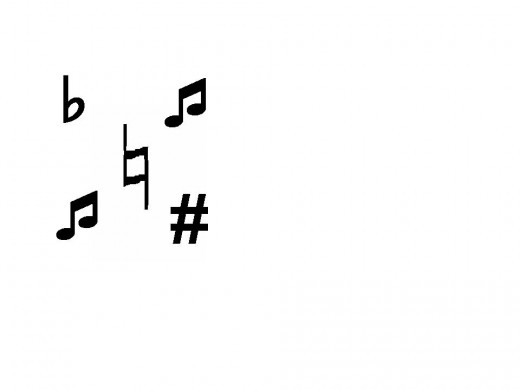
What Was That About Accidentals?
To make a conversion of accidentals (still talking about half-step transpositions - the ones that look alike), think first in which direction you are moving – up or down? If the accidental was a natural, then the upward move would make it a sharp and a downward move would make it a flat. If the accidental was a flat, then the upward move would make it a natural and a downward move would make it a double-flat. If the accidental was a sharp, then the upward move would make it a double-sharp, and a downward move would make it a natural.
You will probably not need to know these conversions at the beginning; by the time you are ready for them, you will likely be able to figure them out for yourself, and your ear will certainly guide you if you play it wrong! But it is definitely helpful to look for them ahead of time and to think ahead about what you will need to play. It is also helpful to try to play simple songs that include accidentals as soon as possible, so that you don’t develop the habit of shying away from them completely.
After Getting Your Feet Wet
Another transposition can be performed using a different visual trick, and that is a transposition by a third. This involves using something like Post-It Notes, or little strips of paper plus tape, to cover up either the bottom or the top lines of the treble staff and the bass staff. If that is sufficient, then leave it at that. If you need more help, then use a very sharp pencil or a mechanical pencil and a very good straightedge and draw a new line on the opposite side of the staff, preferably making the added line very light . [Example: cover up the top F line in the treble, and pencil in a new low E line below the original E line.]
In this way, you can make a treble G look like either an E or a B, treble F can be made to look like either an A or a D. Sharps or flats can be added, either visually or mentally. You could turn the key of E into C, C#, Cb, G, or Gb! Again, remind your fingers and your ears of the feel and the sound of the new key by playing scales, chords, chord progressions, and arpeggios, before trying the entire piece.
The use of Post-It Notes and pencil lines is intended merely as a help and is not something that you should rely on for one minute longer than necessary. Once you have played the piece in the new key a time or two, try playing it in the new key without these helps.
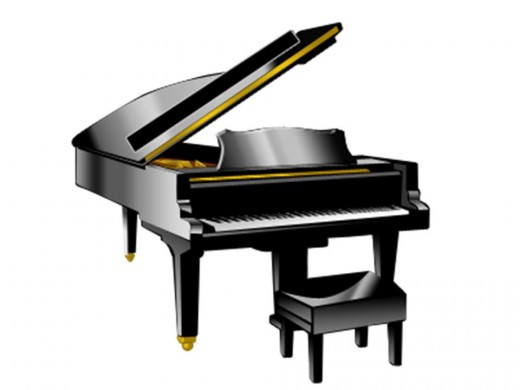
Keyboard Instruments
Still another tip for transposing, specifically on a keyboard instrument, is to transpose by chord groups. Group I is made up of chords that contain no sharps or flats: C, F, G (and Am, Dm, Em); group II contains chords with natural pitches for the root and the fifth, and a sharped or flatted note for the third (A, D, E; Cm, Fm, Gm). Group III is the opposite: a natural pitch for the third and flatted or sharped notes for the root and the fifth (Ab, Db, Eb; F#m, C#m, G#m). [C# and Abm are included with their enharmonic keys of Db and G#m.] Group IV chords do not have one single pattern, and this group includes the remaining chords: Bb, B/Cb, Gb/F#, Bbm/A#m, Bm, and Ebm/D#m.
On keyboard instruments, these first three groups of chord-similar keys have similarity of feel to one another (similar “topography”), and for that reason they make a great exercise in transposing. That is, C, F, and G feel a lot alike under the fingers; A, D, and E feel a lot alike; Ab, Db, and Eb feel a lot alike. So, find a song in F or G, then transpose it to C and the remaining key of the group. Do the same with songs written in the keys of Groups II and III. As always, get the feel for the target key before attempting the transposition, at least while the process is still new to you.
Try all of the tips included with minor pieces as well as major. Unless they are written in pure or natural minor, they well may contain more accidentals than you have needed to observe with major keys. In that case you will need to remember to be especially careful with these transpositions of minor keys.
Develop a Practice Routine
Once you have moved beyond getting your feet wet with transposing, it's a good idea to set aside a part of your practice time to work on it every day. In a given day you could, for example, select one song and transpose it upward by a half-step with each repetition until you reach the original key again. Or do the same thing in a descending pattern. You could practice transposing around the Circle of Fifths, or in the reverse direction. Or you might transpose according to the chord groups as described above. You could also choose several different songs and change them to the same key one day, a different key the next day, etc.
It's probably best to use one of these methods repeatedly over time (days, weeks, or months) until it becomes easy for you; then change to a different one. Eventually, just mix them all up at various times to keep yourself sharp.
When You Need to Write Out the Music:
A Note About Other Instruments
In the same way that certain types of transpositions “feel” similar for keyboard instruments or for fretted instruments, there may be groups of keys that resemble one another on other instruments, as well. On trombone, for instance, the same slide position is used for more than one note, with the difference coming from the tightness and/or position of the lips. If the interval distance between these notes is the same for enough slide positions, then that would point the way towards one type of easy transposition on trombone. All instrumentalists who would like to transpose well would be advised to analyze which notes and which patterns on their instrument would be conducive to developing and improving in the art of transposition.
Ultimate Goal
There will come a time, if you continue trying new transpositions, when these beginner’s tips will no longer be necessary for you, and you will move – probably without anyone’s guidance – into reading by intervals. That is (for example), you might notice that in the original key you are playing a fourth in one hand and a third in the other; you will notice whether one note of the interval is the key-note and which one it is; you might notice, either with or without jotting this down, that the music moves from I to V, and you will quickly recognize what chords those are in the target key. You will look at one key, but you will not see actual notes so much as a pattern that you can copy and follow in numerous keys.
That is the process of transposing note-for-note by intervals. That is really the best way to transpose, and it is highly desirable for you to decide consciously to move yourself towards that goal as quickly as possible. All of the above tips are steps that can be taken while working to reach that goal.
Final Words of Advice
I once took a class on improvising at the piano. I learned several interesting techniques, but the best advice I heard might be called improvising-in-a-nutshell. The professor said, “When you hear something you like, analyze it and copy it; then play it in every key; then add it to your playing whenever and wherever possible, until it becomes a natural part of your musical vocabulary.” That advice specifically referred to the art of improvisation, but elements of it can be applied to the art or skill of transposing. First, analyze what you are doing (transposing by chords or notes? how far and in which direction is the move? what accidentals do you need to observe?); try it out in many different ways, in many different keys; and then do this as often as possible until it becomes natural to you.


